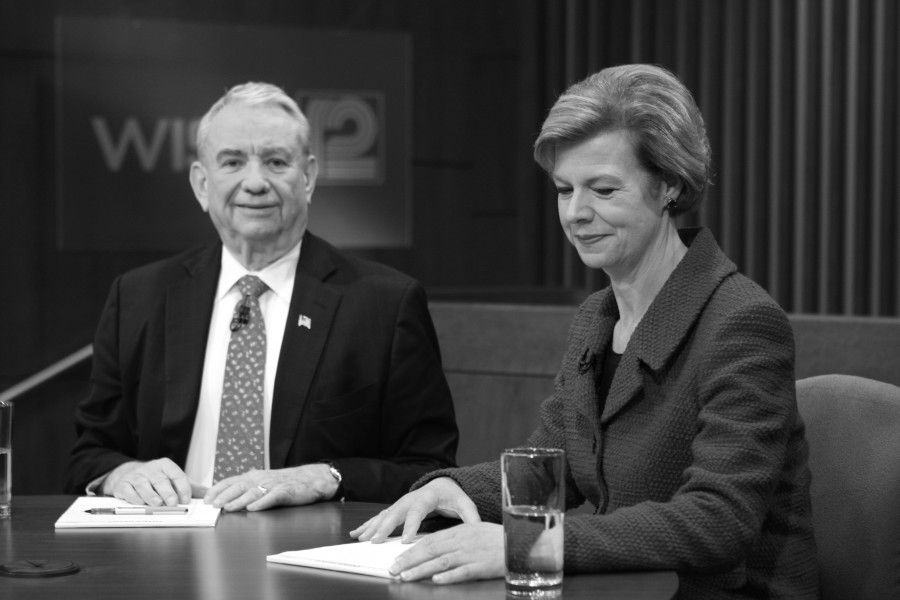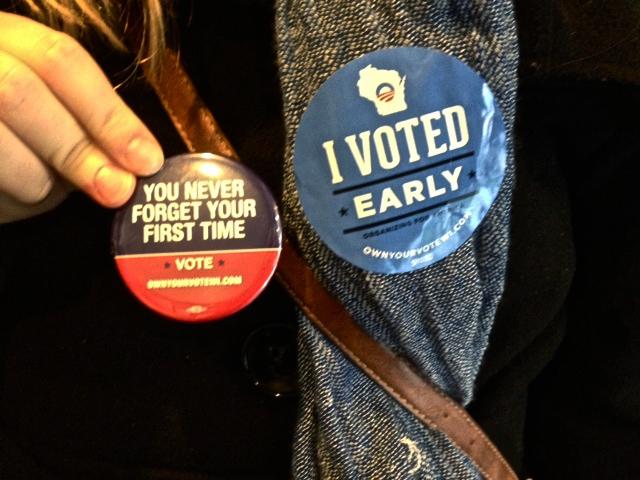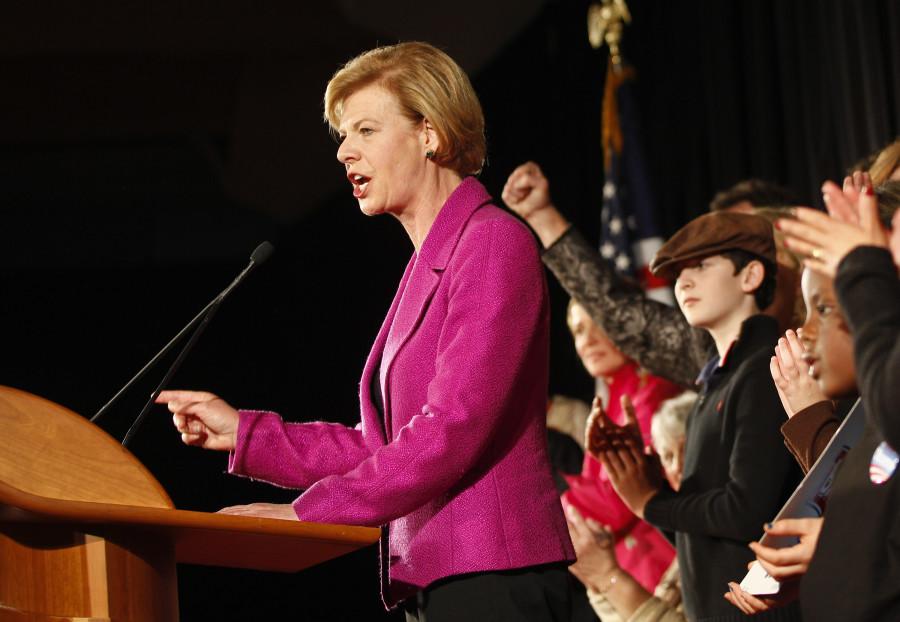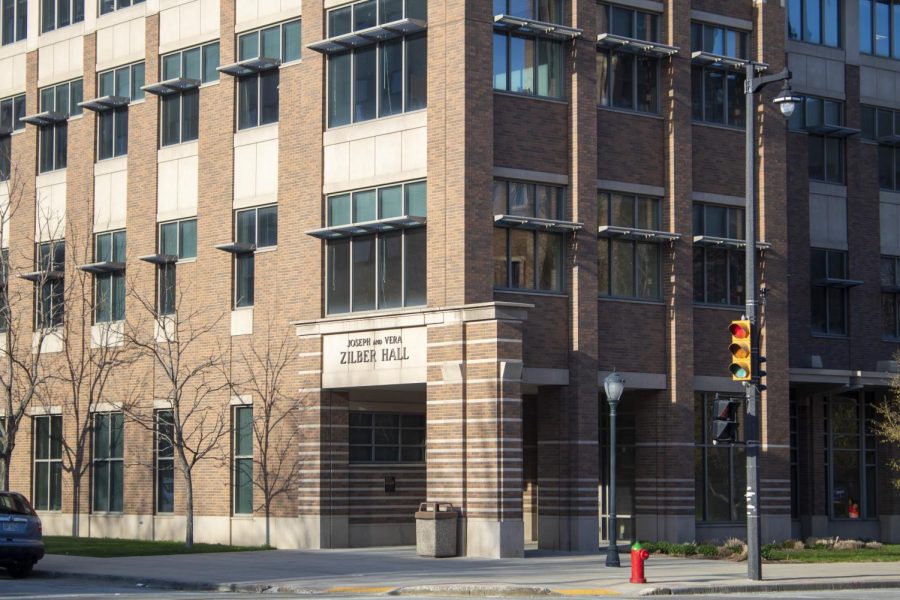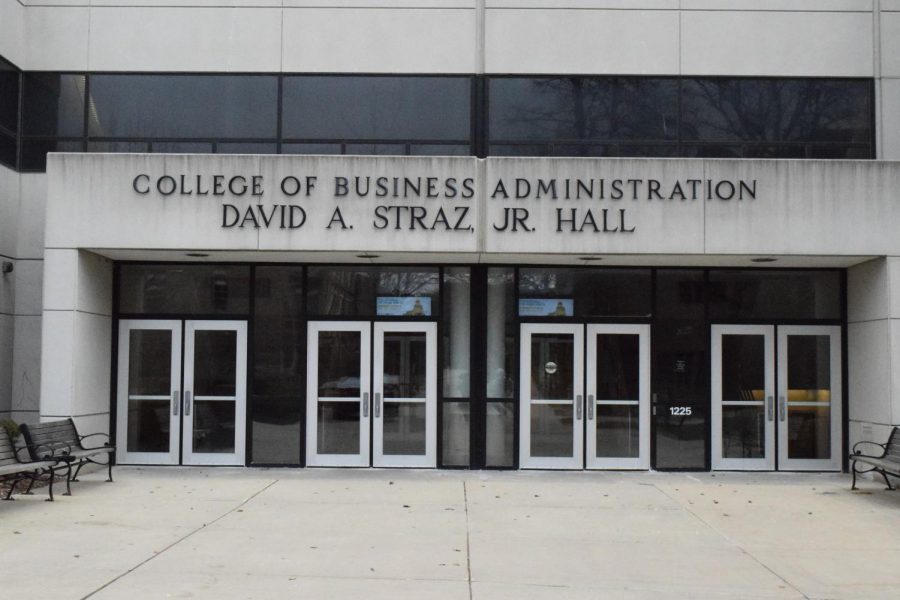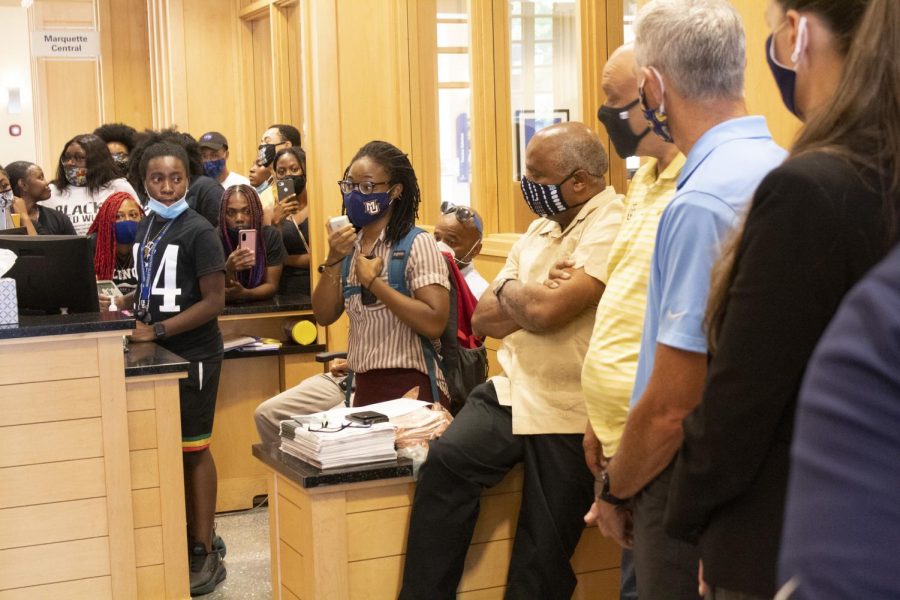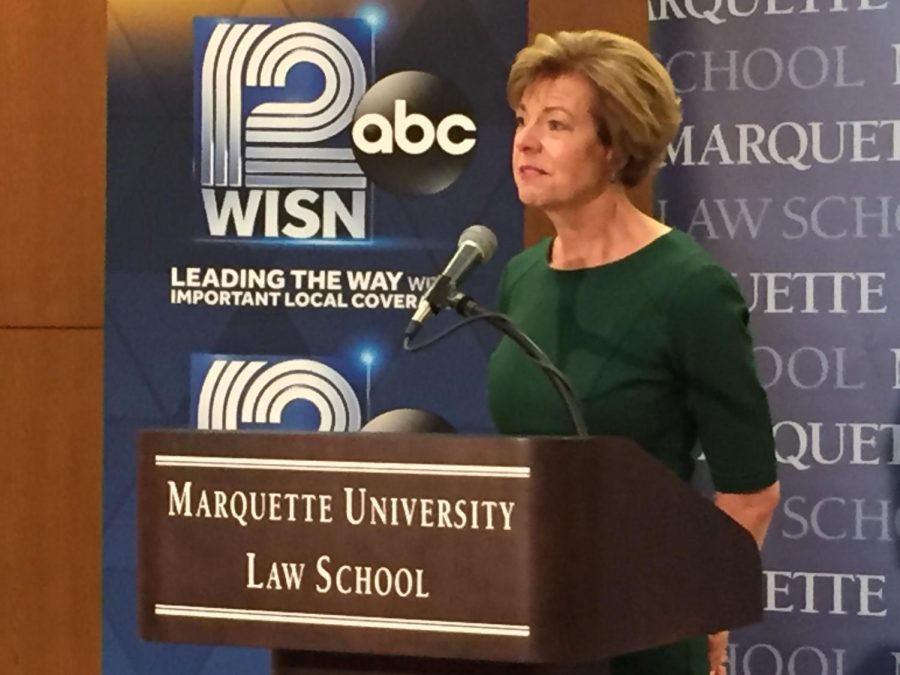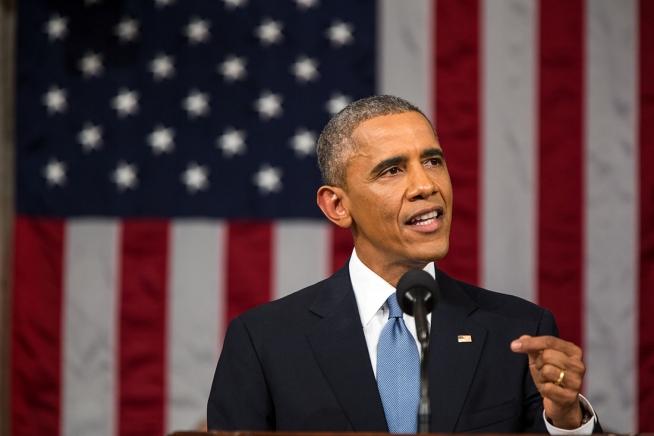With Marquette tuition for the 2012-2013 academic year priced at $32,810 and total federal aid awarded to Marquette students for the 2010-2011 academic year at more than $7.5 million, according to Marquette’s Office of Public Affairs, today’s presidential election has the potential to impact how much money students receive from the federal government for education.
While financial aid and education are not partisan issues – neither candidate or party thinks helping more students go to school is a bad thing – Democrats and Republicans differ in their beliefs about how much financial aid should be awarded, who should receive it, and at what level it should be awarded (local, state or federal).
Both presidential candidates, President Barack Obama and former Massachusetts Gov. Mitt Romney, have outlined plans for how the federal government should contribute to student aid, and each have different records regarding education initiatives.
Obama has focused on his education record as president throughout his campaign and argued that continuing his policies would be good for the country.While K-12 education has received the bulk of Obama’s education reforms, the student loan industry was largely overhauled in 2010.
With college graduates averaging about $25,000 in loans, Obama’s ten percent cap on loan repayment only saves money for an individual with that much in loans if he or she makes $50,000 a year or less. A college graduate with $50,000 in loans would have to make $85,000 a year or less for the 10 percent cap to make a difference.
Another change instituted under Obama is debt forgiveness. Remaining debt is forgiven for individuals who make on-time payments for 20 years. For individuals in public service roles, such as teachers and military personnel, remaining debt is forgiven after 10 years.
Obama has also expanded the federal government’s direct lending to students and vastly increased Pell Grant funding. According to the Washington Post, which endorsed Obama in 2008 and 2012, federal funding for Pell Grants has increased from $14 billion to $41 billion under Obama. Much of that increase was derived from money saved by ending federal subsidies to banks that issued government-backed loans.
Romney has been less clear about his plans to reform higher education and support college students. Throughout his campaign, he has focused on reforms for K-12 education.
Like Obama, Romney supported the congressional move last summer that prevented interest rates on federal loans from doubling, thus extending the 3.4 percent rate on all federal student loans.
Romney has said he plans to revitalize higher education through three means: strengthening and simplifying the financial aid system, welcoming private sector participation and replacing regulations with innovation and competition, according to his campaign website, though it does not reveal how he would carry out these initiatives.
Romney also argues that the increase in federal grants and loans has contributed to the increase in college tuition. To combat this, Romney said Pell Grants need to be refocused on students who need them most.
Romney’s record in Massachusetts, though not necessarily indicative of his prospective policies as president, also may offer an insight into his views on education.
Romney’s hallmark achievement in terms of education during his tenure as governor from 2003 to 2007 was the John and Abigail Adams Scholarship, which covers tuition at in-state public universities for any Massachusetts high school student who scores in the top 25 percent of his or her district on a standardized exam.
Unlike at Marquette, tuition only makes up a fraction of a student’s fees in many public universities in Massachusetts.
For instance, at the University of Massachusetts Amherst, the flagship university of the UMass education system, in-state tuition for full-time undergraduate students makes up only a fraction of the cost of education. The Adams Scholarship covers the $1,714 of tuition, yet the recipient of the scholarship is still responsible for all fees, which at UMass Amherst amounts to $11,516 per year, not including room and board and one-time fees that are incurred upon enrollment.
Marquette’s Office of Public Affairs is responsible, in part, for lobbying Congress in support of federal student aid, but Marquette does not endorse political candidates.
“Marquette does not support one candidate over the other,” Rana Altenburg, vice president of Marquette’s Office of Public Affairs, said in an email. “We do not take positions on political campaigns.”
One of the major differences between the candidates’ views on student loans is derived from how Romney and Obama view the system in general, Julia Azari, assistant professor of political science at Marquette, said.
“Obama’s viewpoint is basically that federal financial aid (subsidized loans and Pell grants) is a key tool of social mobility, allowing students to obtain an education and realize the American dream,” Azari said. “Romney, on the other hand, tends to take a broader systemic view, arguing that the expansion of grants and loans provides a perverse incentive for institutions of higher education to raise tuition.”
It has not been determined whether either candidate is right in their assumptions about how federal financial aid affects tuition and social mobility, Azari said.
“Both candidates’ assumptions about how federal aid for higher education works in our society deserve interrogation,” Azari said. “Is Obama’s assumption about social mobility correct? Is Romney right about how and why universities raise tuition? These are tougher questions than they appear.”


